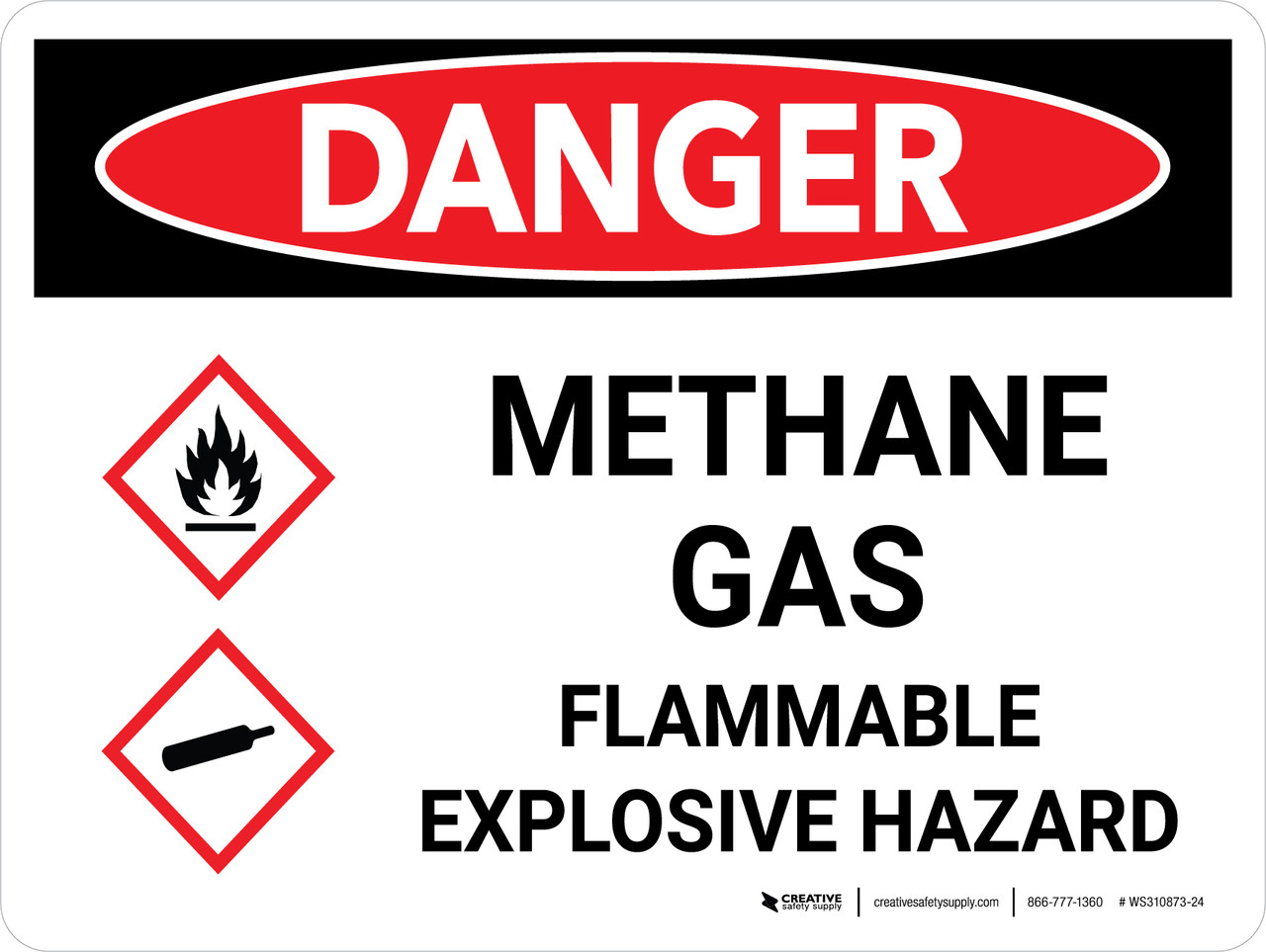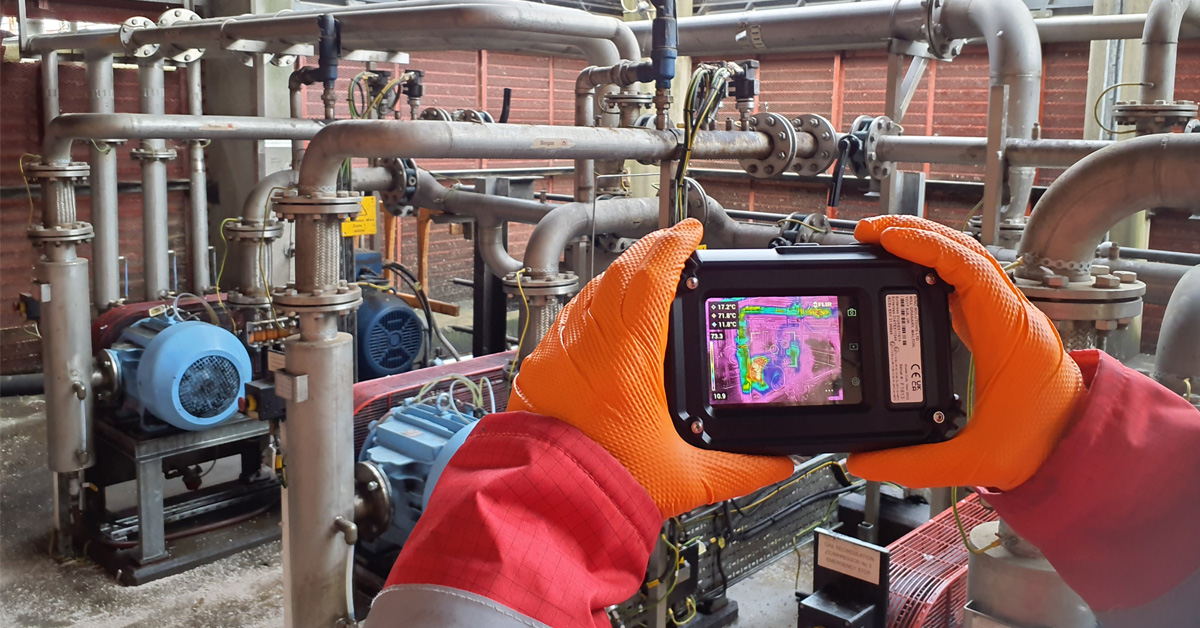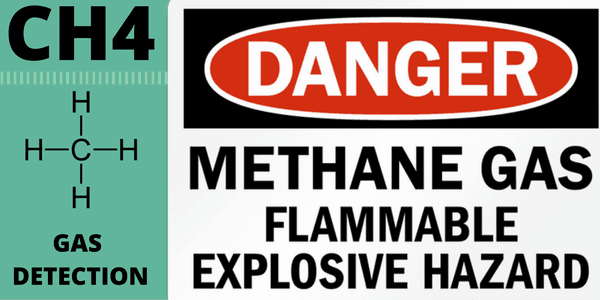In today’s blog post, we will explore the question, “Is Methane Gas Flammable?” Methane is a colorless, odorless, and highly flammable gas that can be found both naturally and as a byproduct of human activities.
Understanding Methane Gas
Methane is a hydrocarbon gas consisting of one carbon atom and four hydrogen atoms (CH4). It is the primary component of natural gas and is often released during the extraction and transportation of fossil fuels.
Flammability of Methane Gas
Methane gas is highly flammable and can ignite easily when exposed to an ignition source, such as an open flame or spark. The flammability of methane can be attributed to its unique chemical properties and specific conditions required for combustion.
| Chemical Formula | Chemical Name | Flammability |
|---|---|---|
| CH4 | Methane | Highly Flammable |
Conditions for Combustion
For methane gas to ignite and burn, it requires three essential factors known as the “Fire Triangle” or the “Combustion Triangle.” These factors include:
- Oxygen
- Ignition Source
- Fuel
In the case of methane gas:
- Oxygen: Methane requires oxygen to support the combustion process. Typically, the air we breathe contains sufficient oxygen for methane to burn.
- Ignition Source: Methane gas needs an ignition source, such as an open flame, spark, or electrical current, to initiate the combustion process.
- Fuel: Methane itself acts as the fuel in this scenario. It undergoes the combustion reaction.
Flame Characteristics
When methane gas ignites, it produces a flame characterized by its pale blue appearance. The blue color is an indication that complete combustion is occurring, where methane reacts with oxygen to produce carbon dioxide (CO 2) and water (H2O). However, if the combustion process is incomplete, the flame may appear yellow or orange, signifying the presence of soot or other impurities.
Flammable Range
Methane gas has a specific range of concentrations in the air within which it can be ignited and burn. This range is known as the “flammable range” and consists of two limits: the Lower Flammable Limit (LFL) and the Upper Flammable Limit (UFL).
The Lower Flammable Limit (LFL) is the minimum concentration of methane gas required in the air for it to ignite. Below this concentration, there is insufficient fuel for combustion to take place. The Upper Flammable Limit (UFL), on the other hand, is the maximum concentration of methane above which there is an excess of fuel for combustion. Both the LFL and UFL are expressed in percentage by volume.

Credit: www.creativesafetysupply.com
Methane Gas Safety
Due to its flammability, proper safety measures should be taken when dealing with methane gas to prevent accidents or dangerous situations. Here are some safety practices to follow:
- Ensure proper ventilation in areas where methane gas may be present to minimize the concentration within the flammable range.
- Avoid open flames, sparks, or any potential ignition sources near methane gas storage or pipelines.
- Regularly inspect and maintain equipment and systems that handle methane gas to identify and address any leaks or malfunctions promptly.
- Train employees and individuals working with methane gas on proper handling procedures and emergency protocols.
- Use appropriate personal protective equipment (PPE) when working with methane gas to reduce the risk of exposure or accidents.

Credit: www.flir.com
Frequently Asked Questions For Is Methane Gas Flammable? Discover The Explosive Potential
Is Methane Gas Flammable?
Methane gas is highly flammable and can easily ignite with a spark or flame. It is important to handle it with caution.
How Dangerous Is Methane Gas?
Methane gas can be very dangerous as it is highly flammable and can cause explosions and fires. It is also a greenhouse gas and contributes to climate change.
Can Methane Gas Cause Health Problems?
Inhalation of high levels of methane gas can cause dizziness, nausea, and even asphyxiation in enclosed spaces. It is important to have proper ventilation when working with methane gas.
Is Methane Gas Harmful To The Environment?
Yes, Methane gas is a potent greenhouse gas that contributes to global warming. It is 25 times more effective at trapping heat in the atmosphere compared to carbon dioxide.
Conclusion
In conclusion, methane gas is highly flammable and can ignite easily when exposed to an ignition source. Understanding its flammability and following proper safety measures is crucial to prevent accidents and ensure the safe handling of methane gas in various industries and applications. By adhering to safety guidelines, we can harness the potential benefits of methane while minimizing the risks associated with its combustion.

